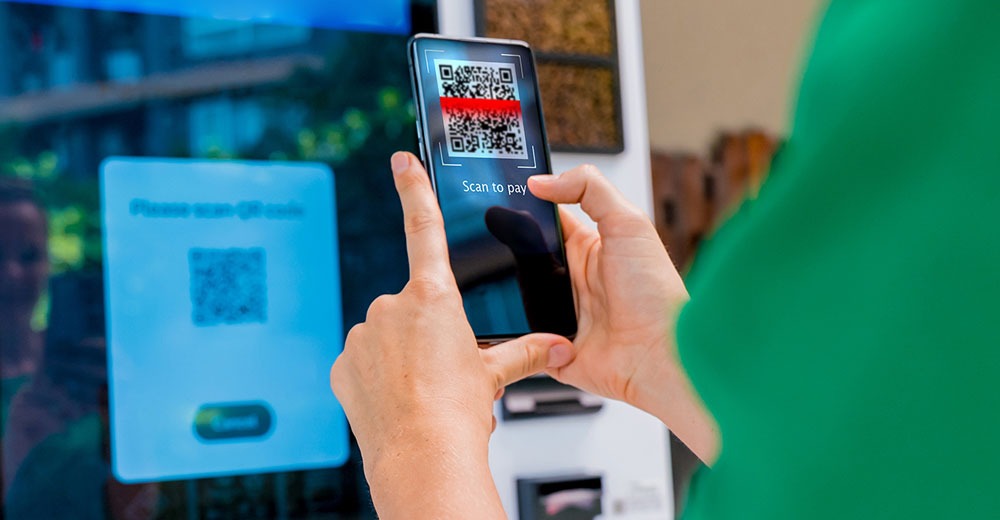QR codes, those pixelated square patterns that store information, have become an integral part of our lives. From restaurant menus to event invitations, QR codes are everywhere, offering convenience and quick access to information. However, with their ubiquity, cybercriminals have found new ways to exploit them. This article delves into the potential dangers of scanning QR codes and provides expert advice on how to stay safe in the digital landscape.
The Rise of QR Codes
QR codes have experienced a resurgence in recent years, primarily driven by the COVID-19 pandemic. They have been used extensively for contactless menu access, digital payments, and even vaccination verification. The simplicity of scanning a code with your smartphone to access relevant information has made QR codes a valuable tool in various industries.
Convenience and Versatility
QR codes offer a convenient way to access websites, download apps, or quickly share contact information. They have found applications in marketing, logistics, and healthcare, among others.
QR Codes in the Age of COVID-19
During the pandemic, QR codes played a vital role in contact tracing, enabling individuals to check into venues while maintaining social distancing.
The Dark Side: QR Code Scams
As QR codes gained popularity, cybercriminals seized the opportunity to exploit them. A new threat emerged known as “quishing” – a combination of “QR” and “phishing.” Quishing involves luring individuals into scanning malicious QR codes, leading to a range of cybercrimes.
Quishing Attacks
- Malicious Links: Scanning a QR code can lead to a phishing website or a page containing malware. Unsuspecting users may unknowingly compromise their data or device security.
- Data Theft: Quishing attacks can target sensitive information stored on your smartphone, such as login credentials or financial data.
- Ransomware: In some cases, scanning a malicious QR code can trigger ransomware attacks, locking you out of your device or encrypting your files until a ransom is paid.
Expert Recommendations for QR Code Safety
To protect yourself from quishing and other QR code-related threats, consider the following expert recommendations:
1. Use a QR Code Scanner App
Instead of relying on your smartphone’s default camera app to scan QR codes, use a dedicated QR code scanner app. These apps often come with built-in security features to detect malicious codes.
2. Inspect the URL Before Scanning
Before scanning a QR code, take a moment to inspect the URL or destination. If it looks suspicious or unfamiliar, avoid scanning.
3. Keep Your Smartphone Updated
Regularly update your smartphone’s operating system and apps. These updates often include security patches to protect against known vulnerabilities.
4. Enable Two-Factor Authentication (2FA)
Enable 2FA on your accounts whenever possible. Even if a cybercriminal gains access to your login credentials, 2FA adds an additional layer of security.
5. Educate Yourself and Others
Educate yourself and those around you about the potential dangers of scanning QR codes. Awareness is a powerful defense against cyber threats.
Conclusion
QR codes have undoubtedly simplified many aspects of our lives, but their widespread use has also made them a target for cybercriminals. As technology evolves, so do the tactics of cyber attackers. By staying informed and cautious, we can continue to enjoy the convenience of QR codes while protecting ourselves from potential risks. Remember, a moment of caution can save you from a world of trouble in the digital realm. Stay safe, stay informed, and scan QR codes responsibly.

